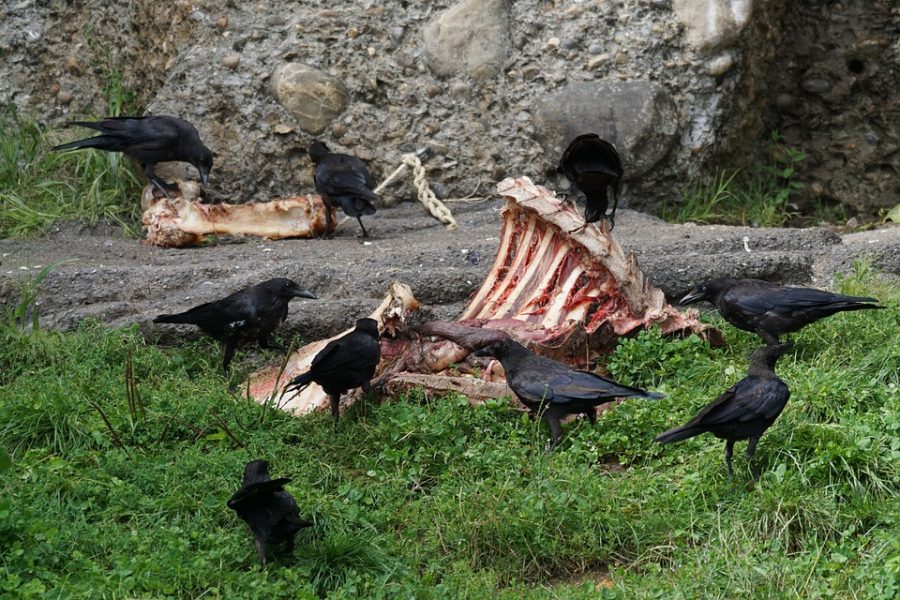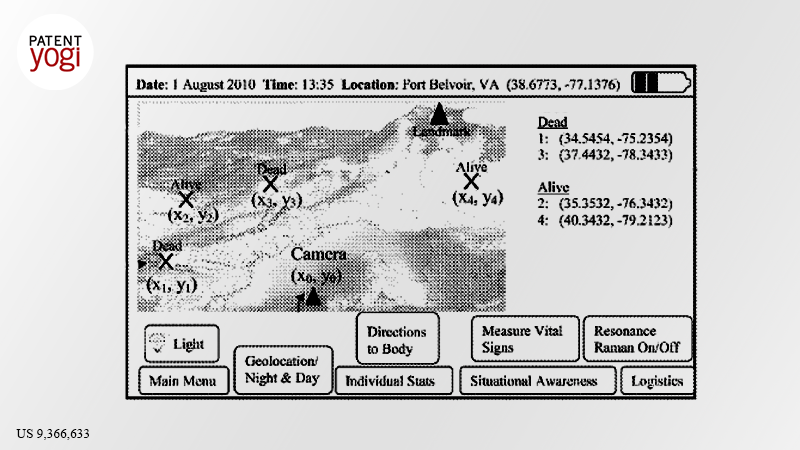Mass casualties and disasters scenarios are also associated with hazardous conditions that can harm first responder medics (FRM) who are there to save the critically injured unstable people.
FRMs must attend to those who would die without immediate medical attention. To attend to the time-sensitive injuries, FRMs must prioritize the order of which casualties they care for and minimize unproductive verification of death.
In wars, many medics die while trying to save an already dead comrade, whether it is from getting caught in the middle of the fighting or from a baited body that contains hidden danger designed to create more injuries. So there is a need to determine the timeline of death from a distance.

However, dying is not an event but a process that varies over time. People who are alive have higher energy than deceased people. Physiological factors such as physical wellness and exertion create changes in the energy level over the living process. This leads to a much larger variance in energy fluctuation of living people relative to deceased people. Furthermore, the path each individual takes from a high energy life state to a low energy death state can vary drastically from person to person, causing a hysteresis loop. This phase transition phenomenon is analogous to a process in physics in which small magnetic domain walls re-adjust themselves under an increasing external magnetic field. As a result, the net magnetization varies, as does the dying process. In biology, the muscle response in lung tissue has demonstrated a hysteresis loop and people with chronic illnesses may get stuck in hysteresis with their health constantly cycling between high and low energy levels.
So it is difficult to determine alive. Sometimes alive people are mistakenly declared dead in the absence of detectable vital signs.
Yet in nature, scavenger turkey vultures circulate over forests seeking dead rotten animals. Birds routinely locate, from above the forest trees, dead animals without seeing them. Flies discover animals within minutes of death to lay fertilized eggs. They can smell death, which is known as peri-mortem (PM) odorants and which increases over time after death. The root cause of these volatile biomarker PM molecules is the cessation of white blood cell circulation, which leads to the buildup of bacterial byproducts. Bacteria proliferating without physiological inhibition and incomplete oxidation releasing reactive free radicals can break down large quantities of cellular tissues, releasing volatile byproducts in a PM plume around the body. Over time (days to years), PM molecules evolve into smaller post-mortem molecules, e.g. methyl mercaptan. These mortem signs are defined as the full molecular spectrum of volatile biomarker molecules from peri-mortem to post-mortem.
US Army has developed a handheld device with integrated multiple functional systems for the FRMs. Fuzzy membership functions of “life” and “death” are used to determine the status of fallen people using remote measurements. State of the art EO/IR cameras are used to detect and identify casualties in a mass injury situation, while also estimating body temperature. Using the temperature, along with the remote estimation of a second vital sign, the life membership proportion is estimated from the ground truth by using a 2D projection of stable vital signs. The other fuzzy membership function, death, can be estimated by the presence or absence of peri-mortem and post-mortem molecules. These molecules are only released after death and provide a certain indication of death. Solid state UV laser resonance Raman backscattering from these molecules allows the device to analyze the molecules present in a plume around the casualty. Based on the results of a Boolean rule-based expert system, these fuzzy memberships allow remote determination of death.
This information is displayed on a touch screen display that allows user input/output, as well as global positioning system (GPS) geo-location of the user and all identified casualties. Transceiver capabilities allow multiple FRMs to communicate and collaborate at the scene and transmit situational awareness reports back to headquarters so that medical logistics (personnel and supplies) can be managed. The ability of this device to identify deceased individuals from a remote (ball field) distance allows FRMs to maximize their medical attention to attend to the critically injured casualties without placing their own lives in danger from conditions such as crossfire and hostile baited traps.
Publication number: US 9,366,633
Patent Title: Apparatus based on a hand-held Raman laser device integrating multiple functional systems for distant life-death determination
Publication date: Jun 14, 2016
Filing date: Sep 5, 2014
Inventors: Harold H. Szu; Lein W. Ma; James A. Hutchinson;
Original Assignee: he United States of America, as represented by the Secretary of the Army



